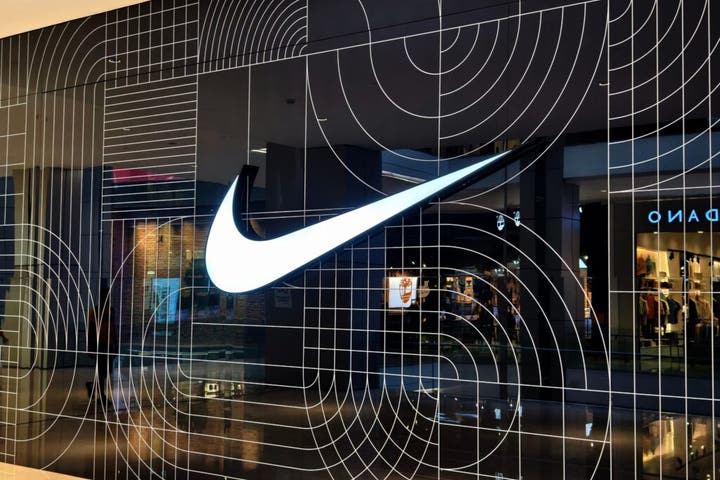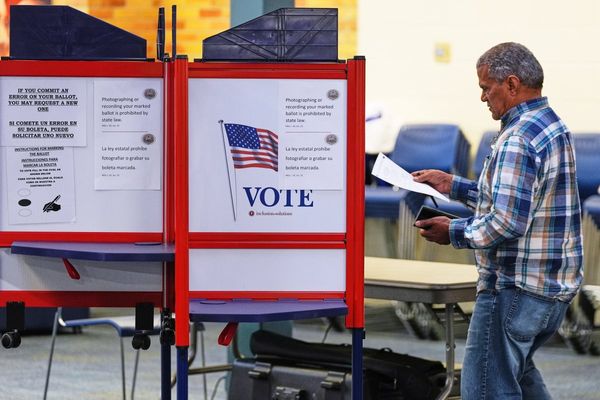
Nike (NYSE:NKE) predicted Air Jordan would make only $3 million in sales over its first three to four years. Instead, the line brought in about $126 million in its first year. That breakout success vaulted NBA great Michael Jordan into retail legend and reshaped Nike's future.
Jordan Brand now earns billions yearly, keeping the Jumpman logo central to modern sneaker culture. That journey started with one risky contract and a shoe the NBA tried to ban.
Rookie Deal Reshapes Sneakers
In October 1984, after meeting at Nike's headquarters in Beaverton, Oregon, Nike signed Jordan to a five-year endorsement deal worth $500,000 annually.
Don't Miss:
- Warren Buffett once said, "If you don't find a way to make money while you sleep, you will work until you die." Here’s how you can earn passive income with just $10.
- $100k+ in investable assets? Match with a fiduciary advisor for free to learn how you can maximize your retirement and save on taxes – no cost, no obligation.
"Nike’s expectation was at the end of year four they hoped to sell $3 million of Air Jordans," agent David Falk said in ESPN's documentary, "The Last Dance." Jordan had favored Adidas, yet his mother, Deloris, persuaded him to hear Nike's pitch.
The contract included a signature shoe, unheard of for a rookie, plus stock options and royalties on every pair sold. Nike backed the launch with posters, television spots, and campus tours that cast the 21-year-old guard as both hero and rebel. By season's end, Air Jordan revenue hit $126 million, smashing every forecast and proving a player could anchor an entire product family.
Banned Shoe Fuels Buzz
"The NBA threw them out of the game. Fortunately, the NBA can't keep you from wearing them," teased a Nike ad after the league cited uniform rules and fined Jordan $5,000 each game for wearing the red-and-black Air Jordan 1, which debuted on April 1, 1985.
Trending: The secret weapon in billionaire investor portfolios that you almost certainly don't own yet. See which asset class has outpaced the S&P 500 (1995-2024) – and with near-zero correlation.
The controversy sparked demand. Retailers moved 450,000 pairs within a month at $65 each, ESPN added. Rappers, playground players, and director Spike Lee amplified the buzz, making the sneakers status symbols beyond sport.
Analysts later called the launch the first modern "drop," where scarcity and story fuel instant sell-outs. That momentum helped Nike secure future athlete lines, from Charles Barkley in 1992 to LeBron James in 2003, each modeled on Jordan's template.
Jumpman Revenue Soars
Jordan Brand became a standalone Nike division in 1997 and still powers earnings today. For the quarter that ended May. 31, Nike posted $11.1 billion in revenue. Jordan Brand recorded $7.27 for the full fiscal year, following a 16% year-over-year decline.
Forbes reported Jordan's net worth at about $3 billion, driven by royalties exceeding $150 million a year. Hype stays sharp. Sneaker News reported the Travis Scott x Jordan Jumpman Jack "Bright Cactus" sold out on April 30 at $200. GQ wrote that the Air Jordan 1 Low "Chicago" returns this holiday season for $140.
Read Next:
- If You're Age 35, 50, or 60: Here’s How Much You Should Have Saved Vs. Invested By Now
- Over the last five years, the price of gold has increased by approximately 83% — Investors like Bill O’Reilly and Rudy Giuliani are using this platform to create customized gold IRAs to help shield their savings from inflation and economic turbulence.
Image: Shutterstock







